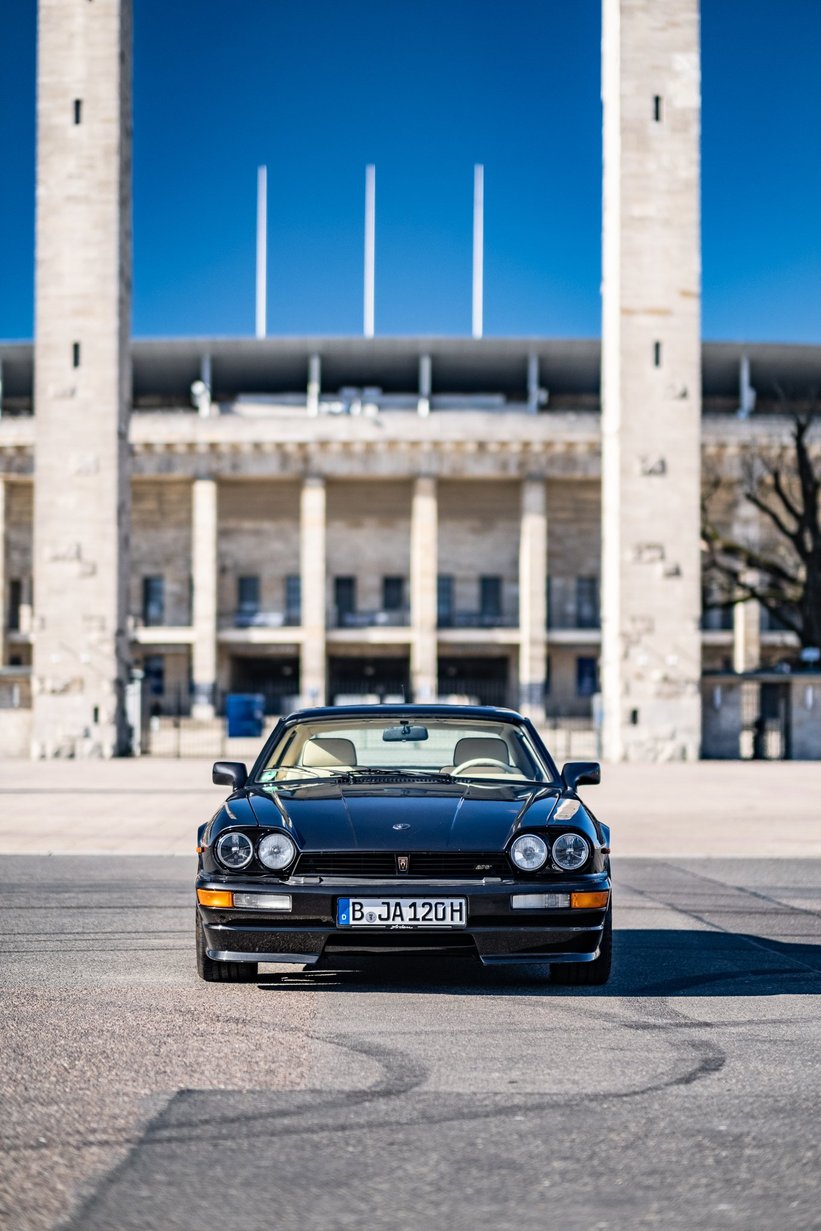
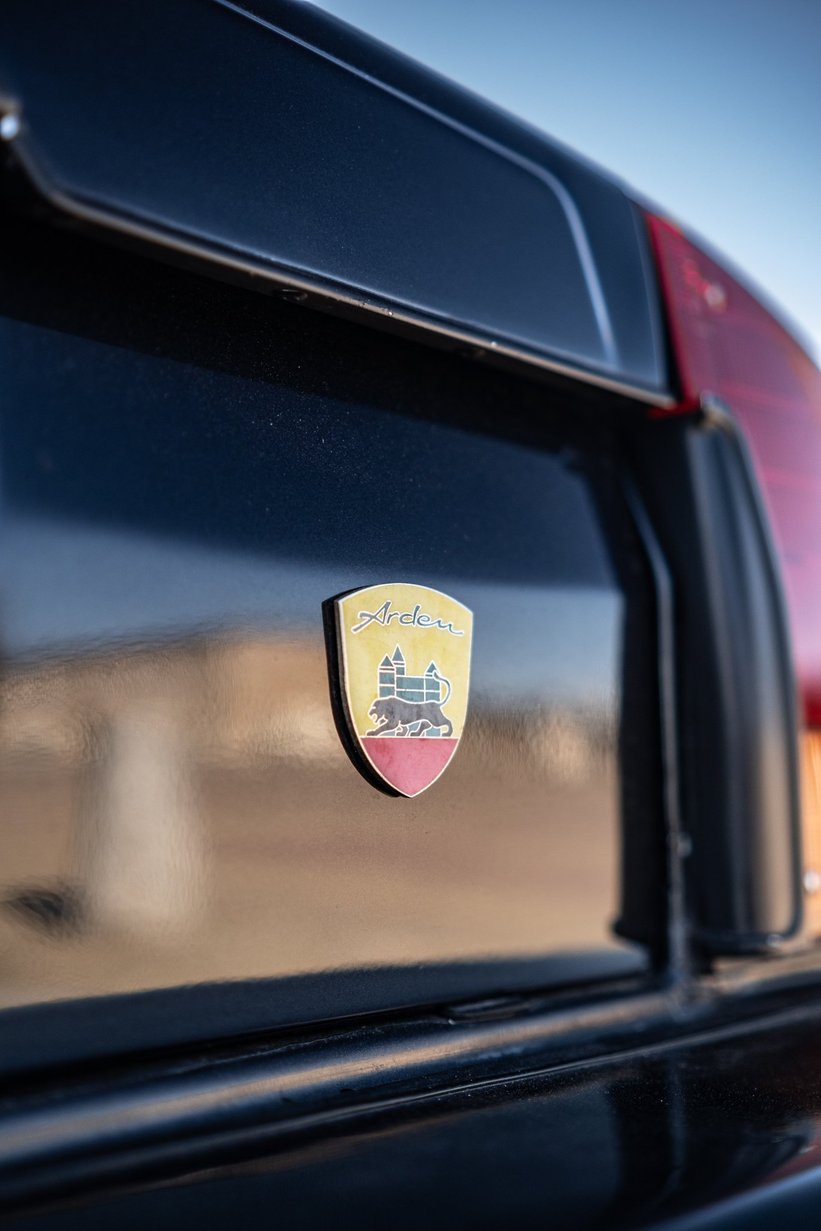
By 1991, when this particular car was bought and registered by its first owner, the Jaguar XJS was already 16 years old. Back then, the standard car was still loosely based on the architecture of the ancient E-type and – to say the least – struggling to compete with its German rivals from Mercedes-Benz and BMW. Its V12 engine was thirsty but lacked power, the interior was so compromised that you couldn’t really fit anyone or anything into the car’s cabin, and the Lucas electrics where more famous for their gremlins then the actual 1984 cult movie of the same name.
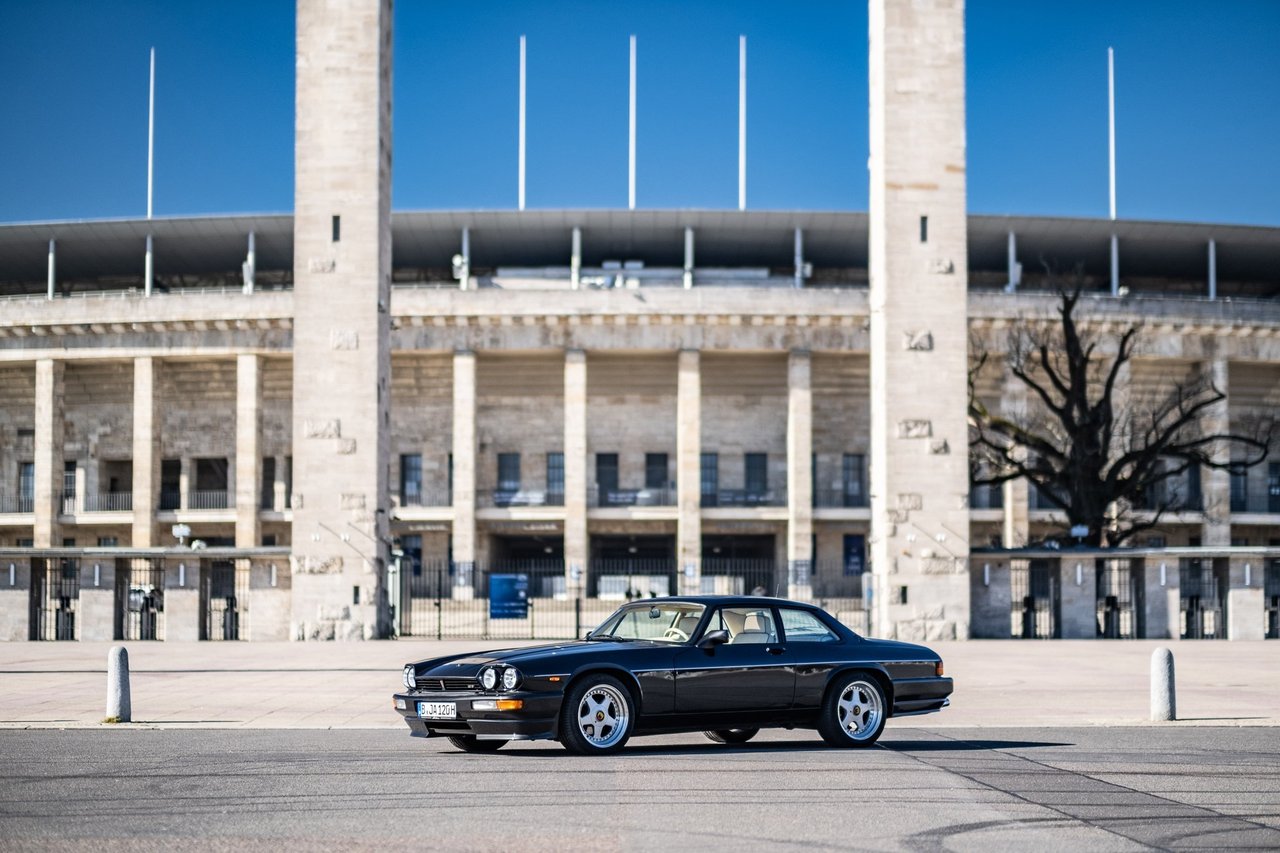
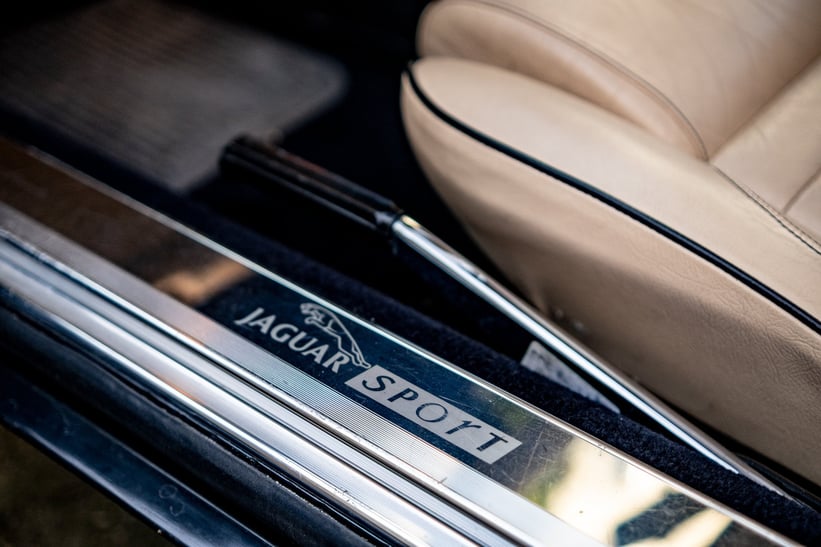
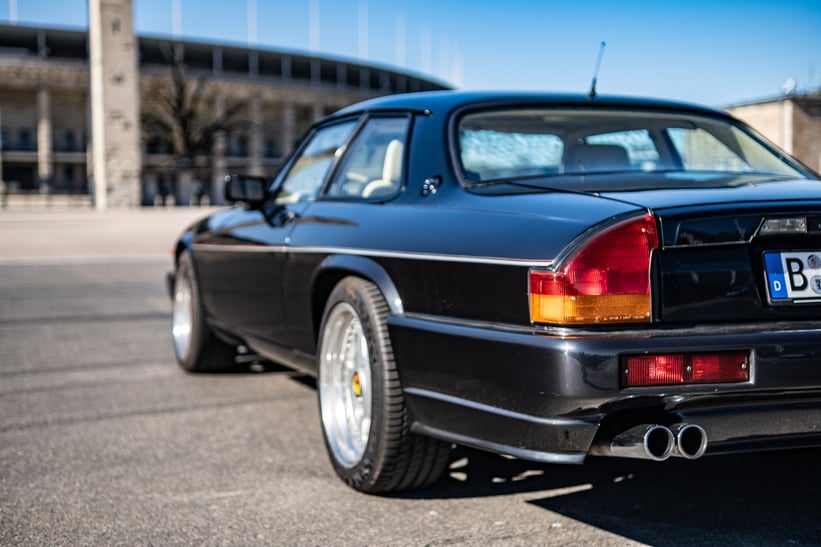
Even if the car handled well, as it had sophisticated suspension and the British press waxed lyrical about its “character”, the truth of the matter was that the XJS was Jaguar’s poorly built swan song from an era of bad management by British Leyland. A car bought only by ever-so-nostalgic Brits and white-teethed Californians who could afford to pay the gigantic bills at the pumps in the middle of a fuel crisis.

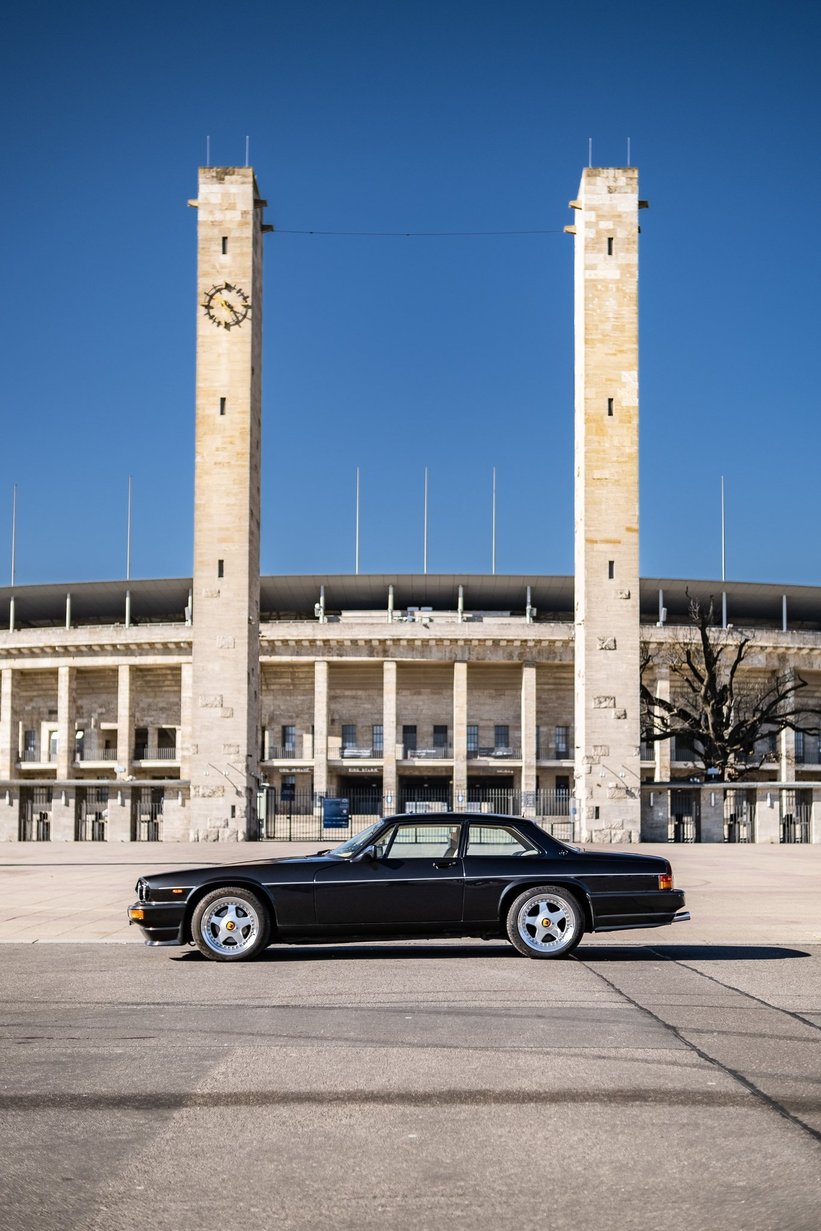
Today the Jaguar XJS is a stylish and sought-after classic in its own right. However, before Ford came into the picture and saved the company in 1999, a few hopeless romantics in love with the brand tried to improve this car by tuning its engine to extract more power (as the factory performance of the 3.6 straight six and 5.3 litre V12 was nigh on identical), fixing the electrics and essentially re-bodying it into more usable shapes. Out of these conversions, some are now considered to be iconic, such as the ones performed by companies like TWR or Lynx, and some quite comical, like the Koenig XJS. Still, the Jaguar AJ6 2+2 Coupé built by Arden Automobilbau in Krefeld, Germany has to be considered the best.
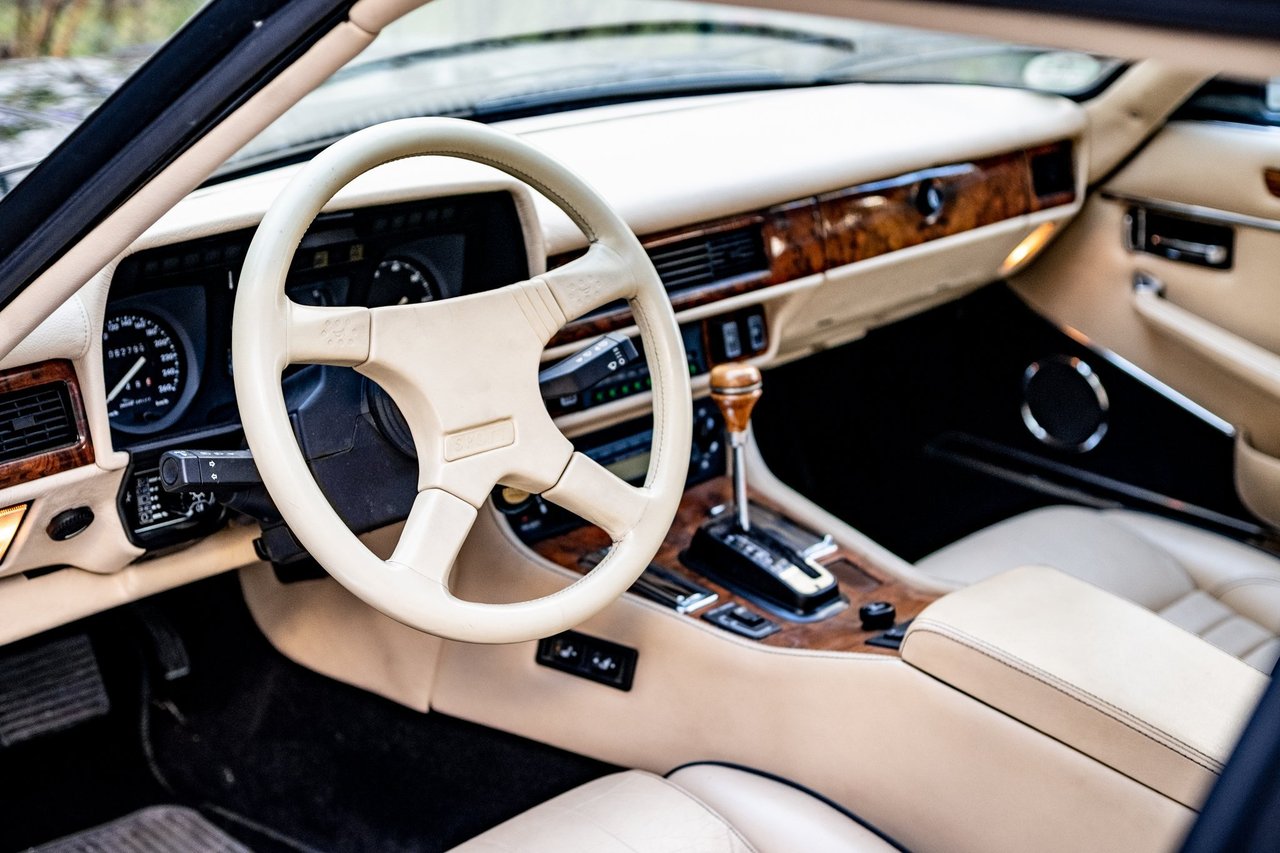
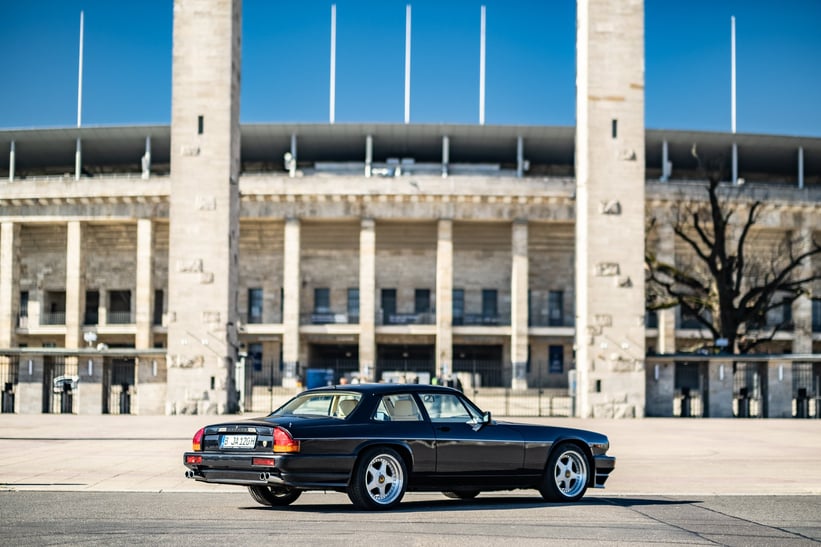
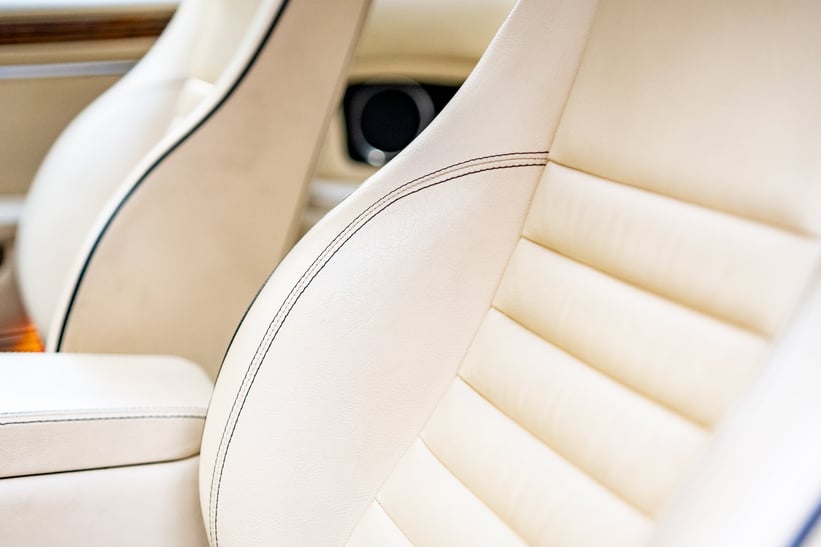
Essentially, the Jaguar XJS was not simply tuned or modified, but completely rebuilt, as the company that was founded by Jochen Arden in 1972 has been recognised by the German government as a proper car manufacturer since 1985. And if anyone could have the pragmatism to improve on an ‘untouchable’ British car, it was a German. Needless to say, Jochen Arden knew what he was doing. He was not only a man with a big passion for racing, but also happened to be a Jaguar dealer and restorer at the same time, which meant he knew every nut and bolt on the cars – old and new – better than anyone around. What this meant was that even if the AJ6 2+2 resembles a regular XJS from a distance, everything you see on it has been subtly improved. The biggest difference being of course, its body.
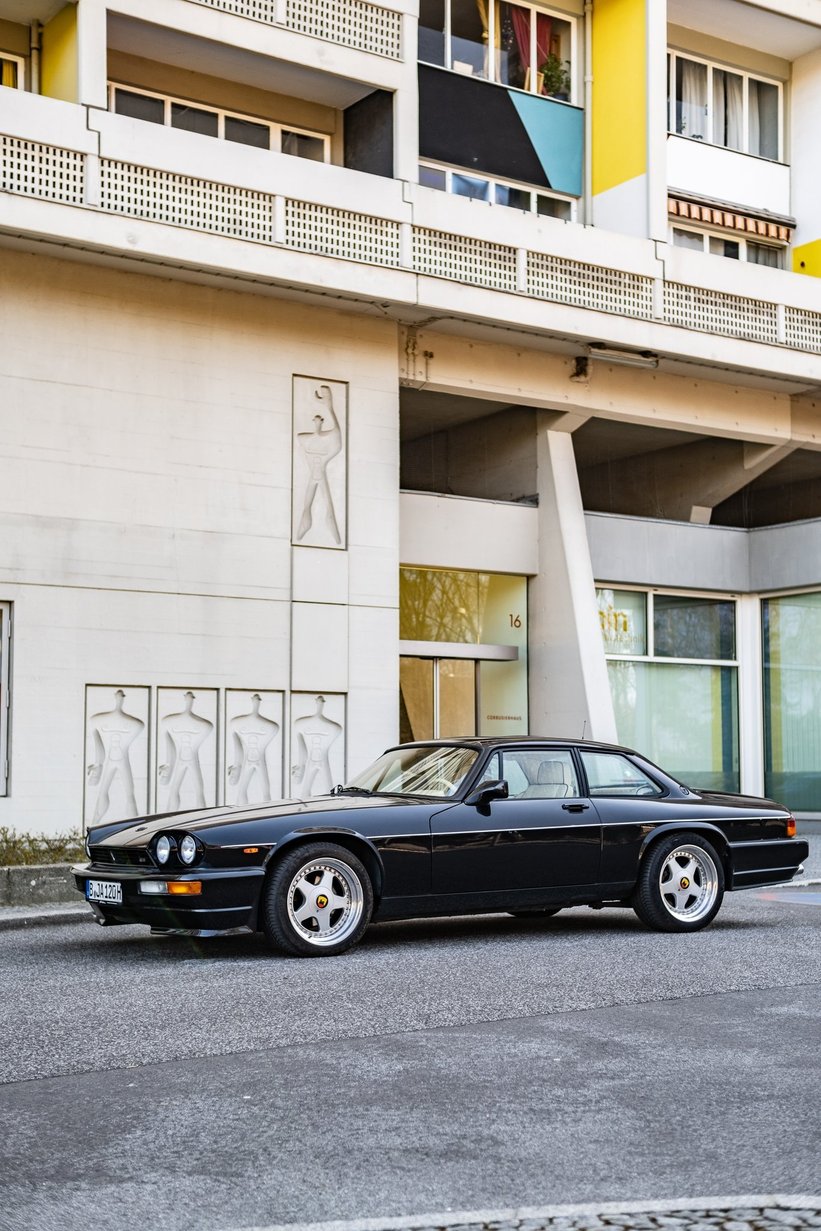
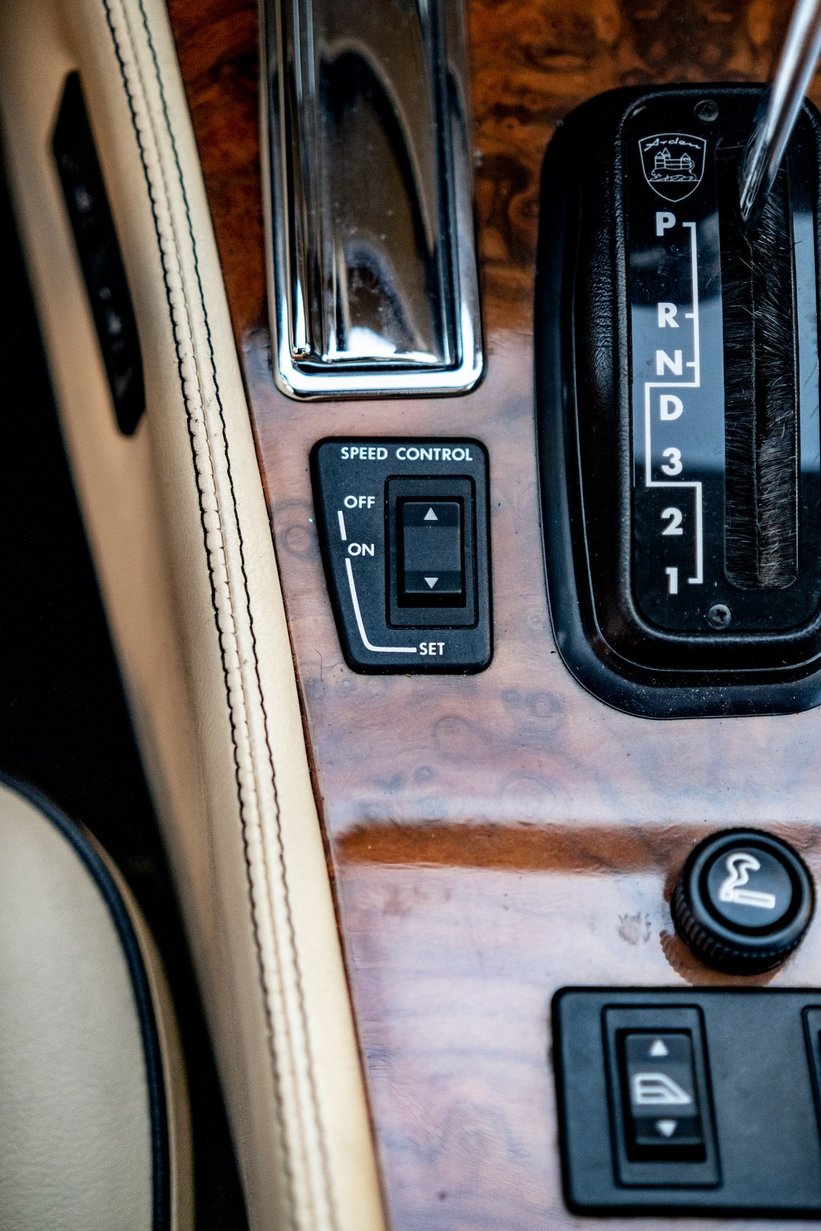
The car has a revised roof geometry, which not only gives it more ‘elegant and sweeping lines’, as it’s described in the period brochure, but also eliminated the original car’s biggest problems – the limited rear visibility and, more importantly, the interior headroom. Finally, you were actually able to fit a fully-grown human adult into the back seat of a Jaguar XJS. The elegant and aerodynamic shape of the wing mirrors also reduces wind noise, and although the boot lid of the Arden Coupé was shortened, the car sustains the original’s luggage and storage space. It is also equipped with double headlamps, which are vastly superior to the integrated ones, although not all AJ6 2+2s had double headlights.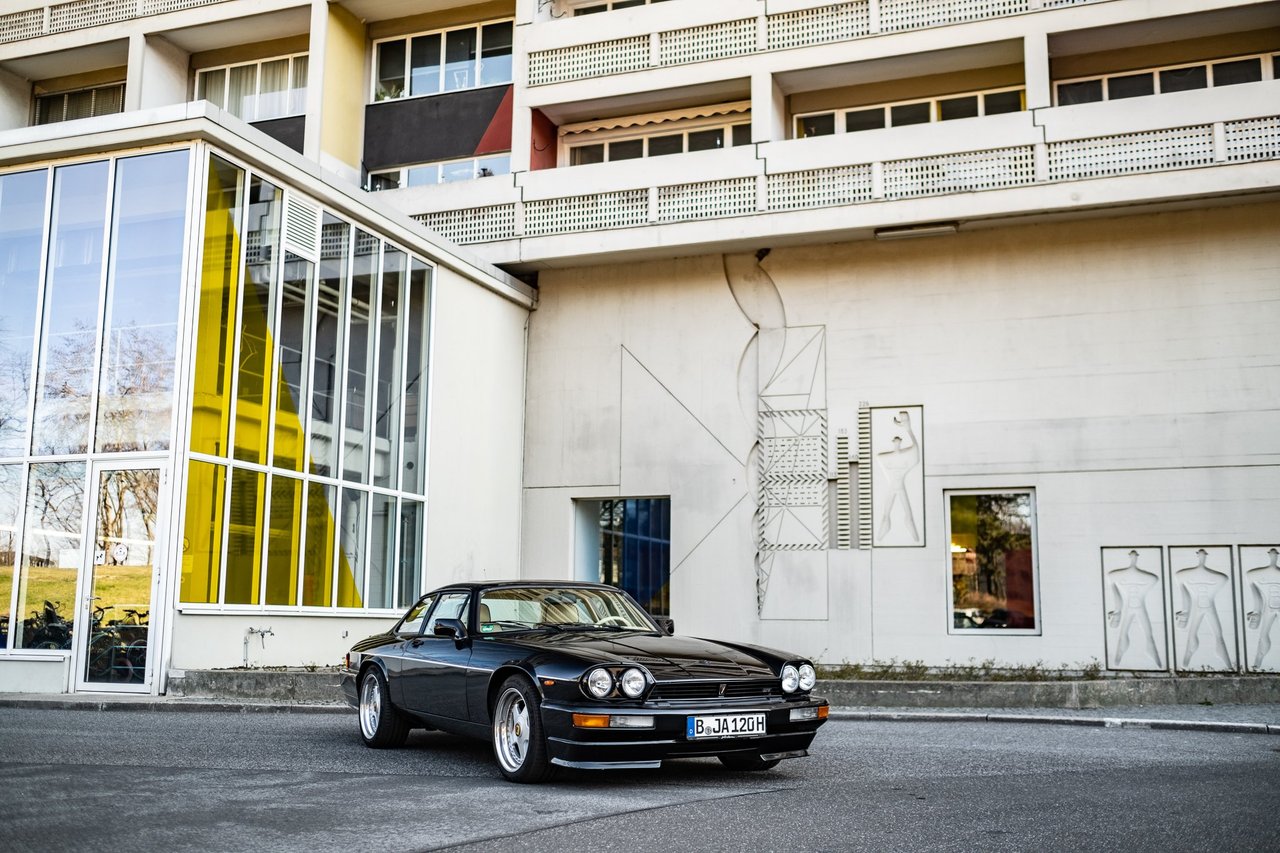
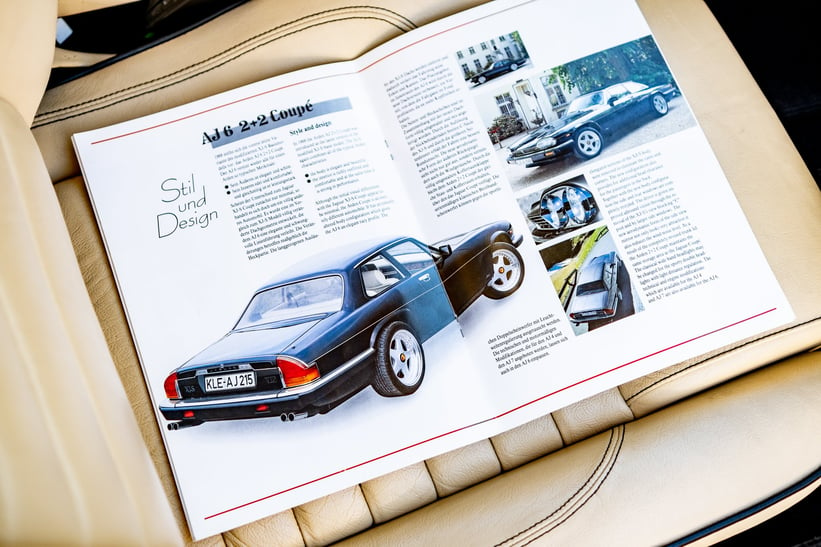
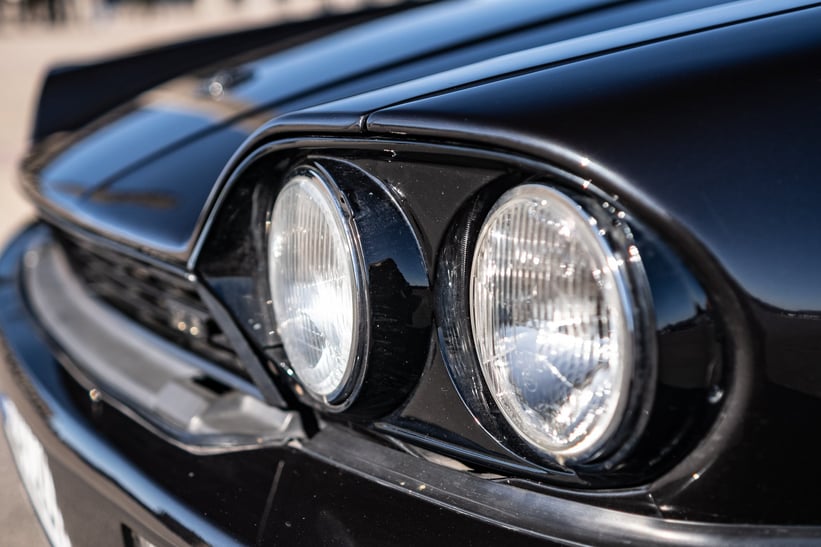
The engine is a reworked 6-liter unit from the XJR-S, which produced a healthy 330 hp and 362 lb-ft of torque. Tomake the AJ2 suitable for higher speeds, cooling and engine management were optimised and the brake system was strengthened. The car is equipped with a catalytic converter, but Arden’s high-performance 4-pipe exhaust not only delivers a sonorous sound, but also increases the performance by a further 16 hp.
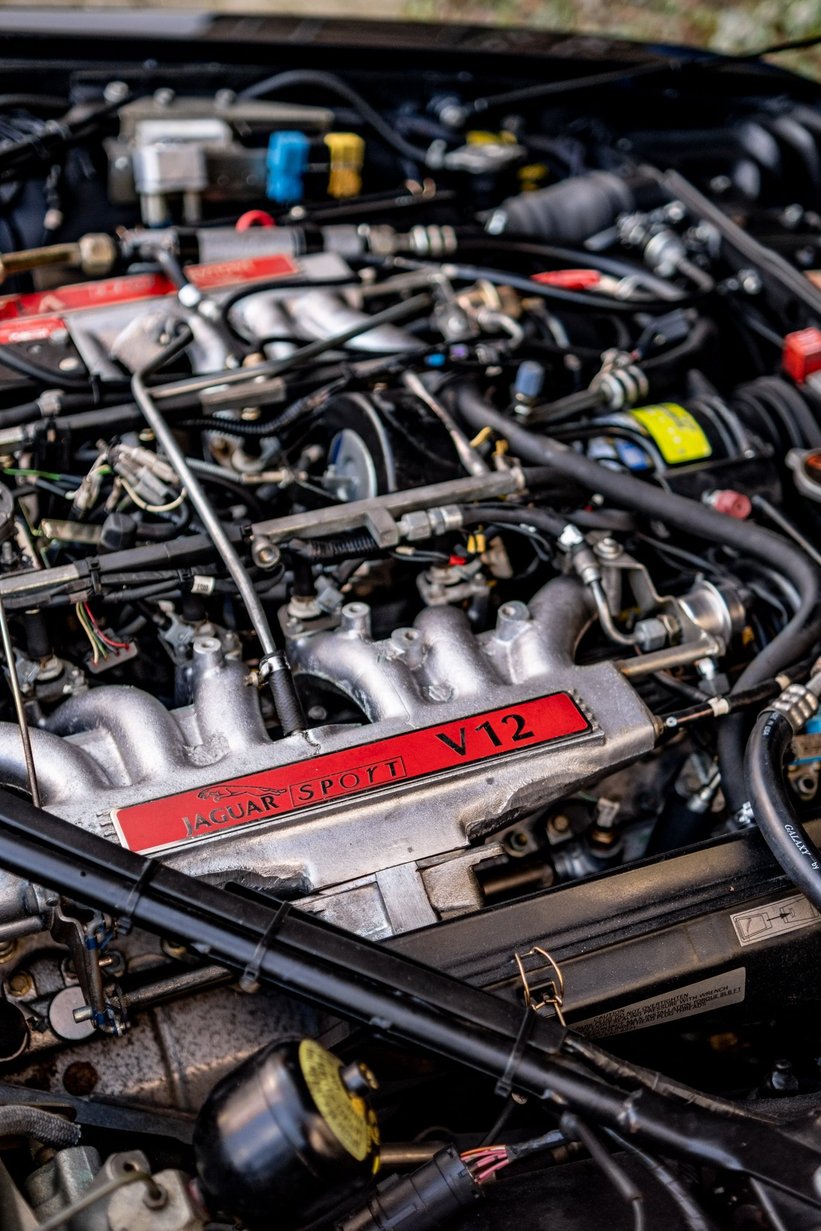
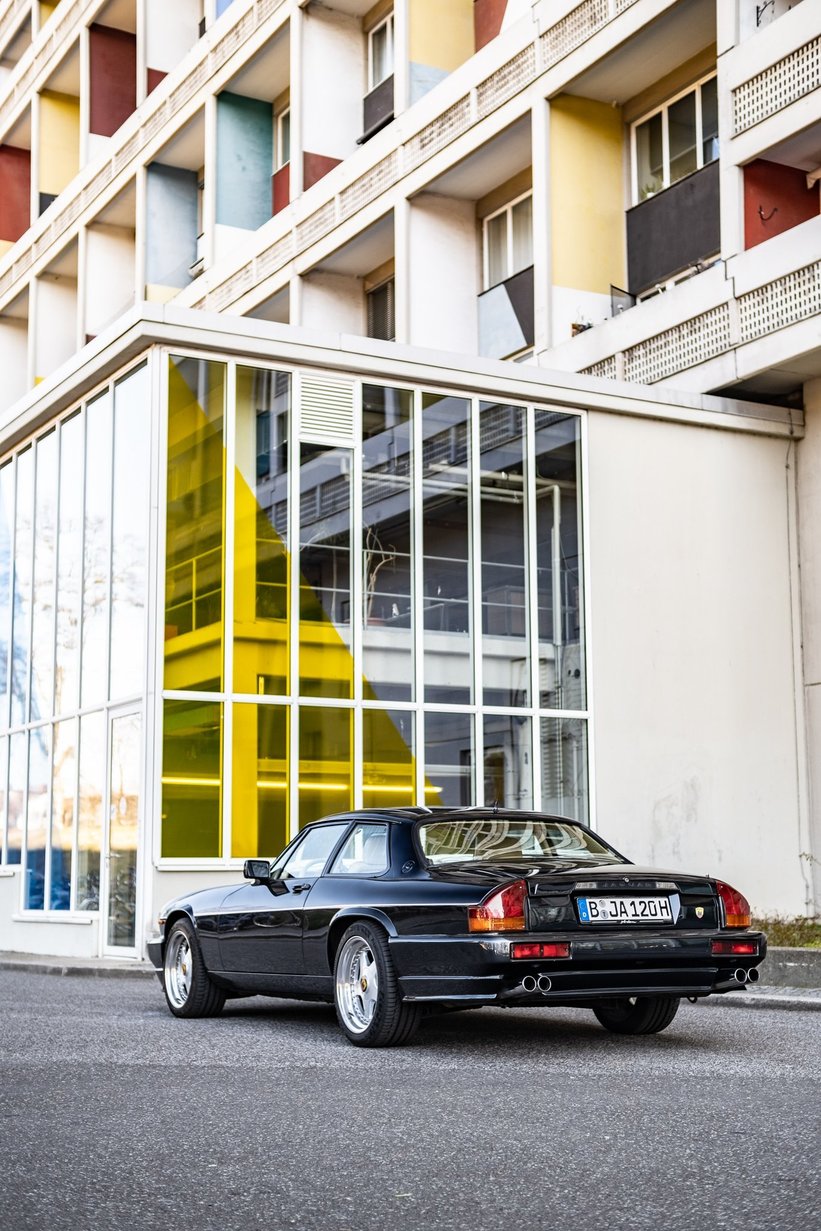
The car is also equipped with a 4-speed automatic gearbox made by ZF – and as options go, that is not the end. There are the OZ two-piece wheels complete with Arden logos, the all-black exterior trim and Arden’s own aerodynamic package, as well as an optional sunroof. The inside is covered in beige leather and a ‘standard’ wooden XJS trim, but features a thicker sports steering wheel, which was upholstered in the same coloured hide as the seats. The ones in the front are electrically adjustable and heated.
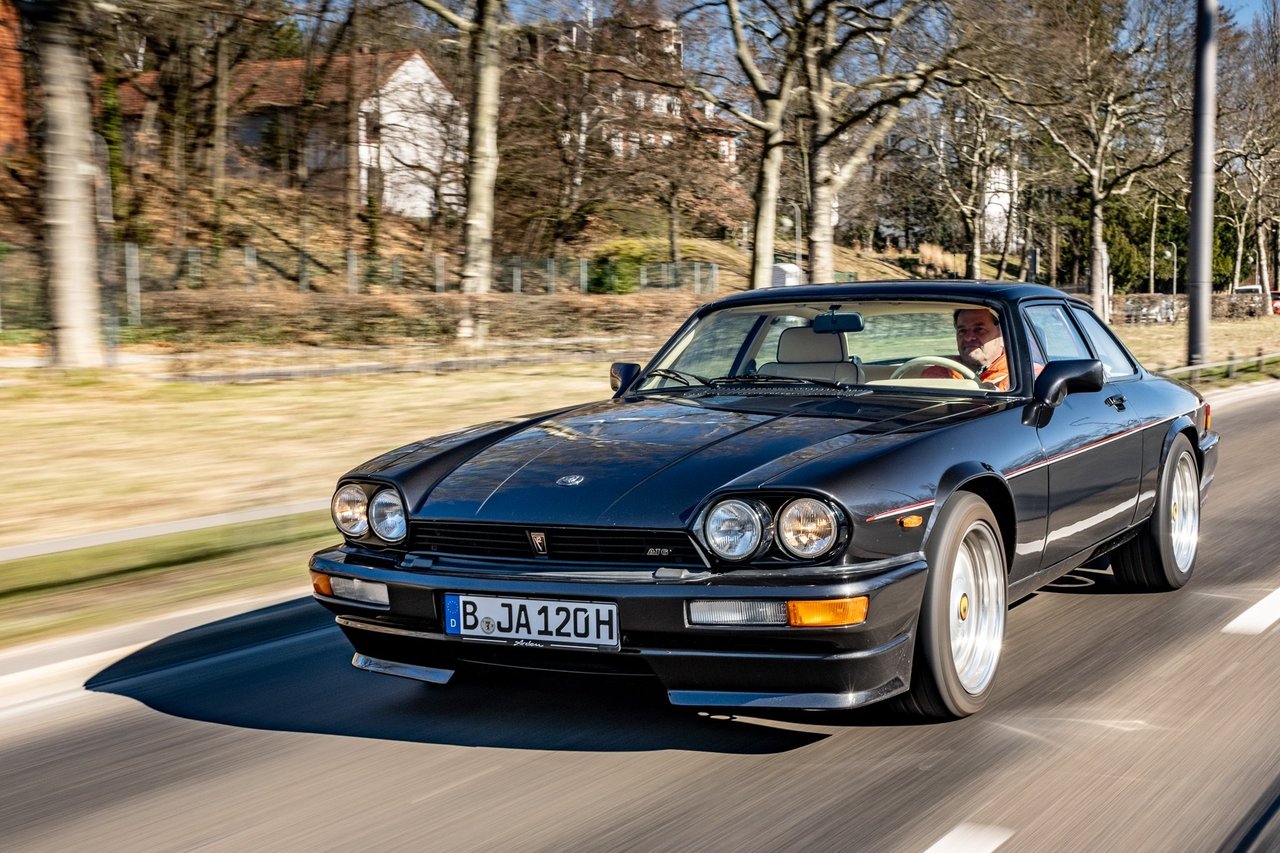

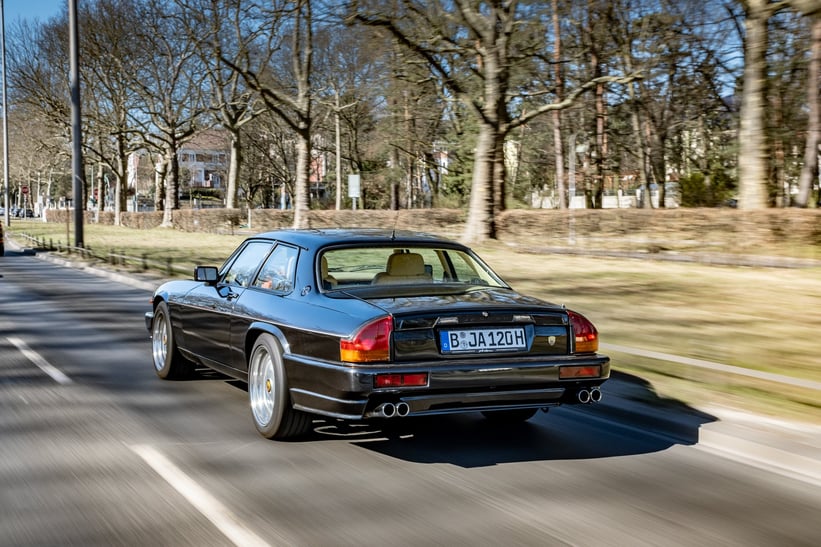
Ultimately though, all this only proves that this car was a true restomod of the era, and one of the first of its kind. A massive, client-oriented improvement on old technology, which at the time was unavailable at the Coventry factory, but which could be executed in Krefeld. More importantly, unlike the original Jaguar XJS which it is based upon, the AJ6 is a car that can put its money where its mouth is, a machine that looks fast and menacing even when it is standing still, but one which also doesn’t compromise on comfort and refinement. When you buy it through the Classic Driver Market, just make sure you use a watermelon instead of someone’s head when re-enacting the famous Big Chris scene from ‘Lock, Stock and Two Smoking Barrels’.
Photos by Błażej Żuławski

























































